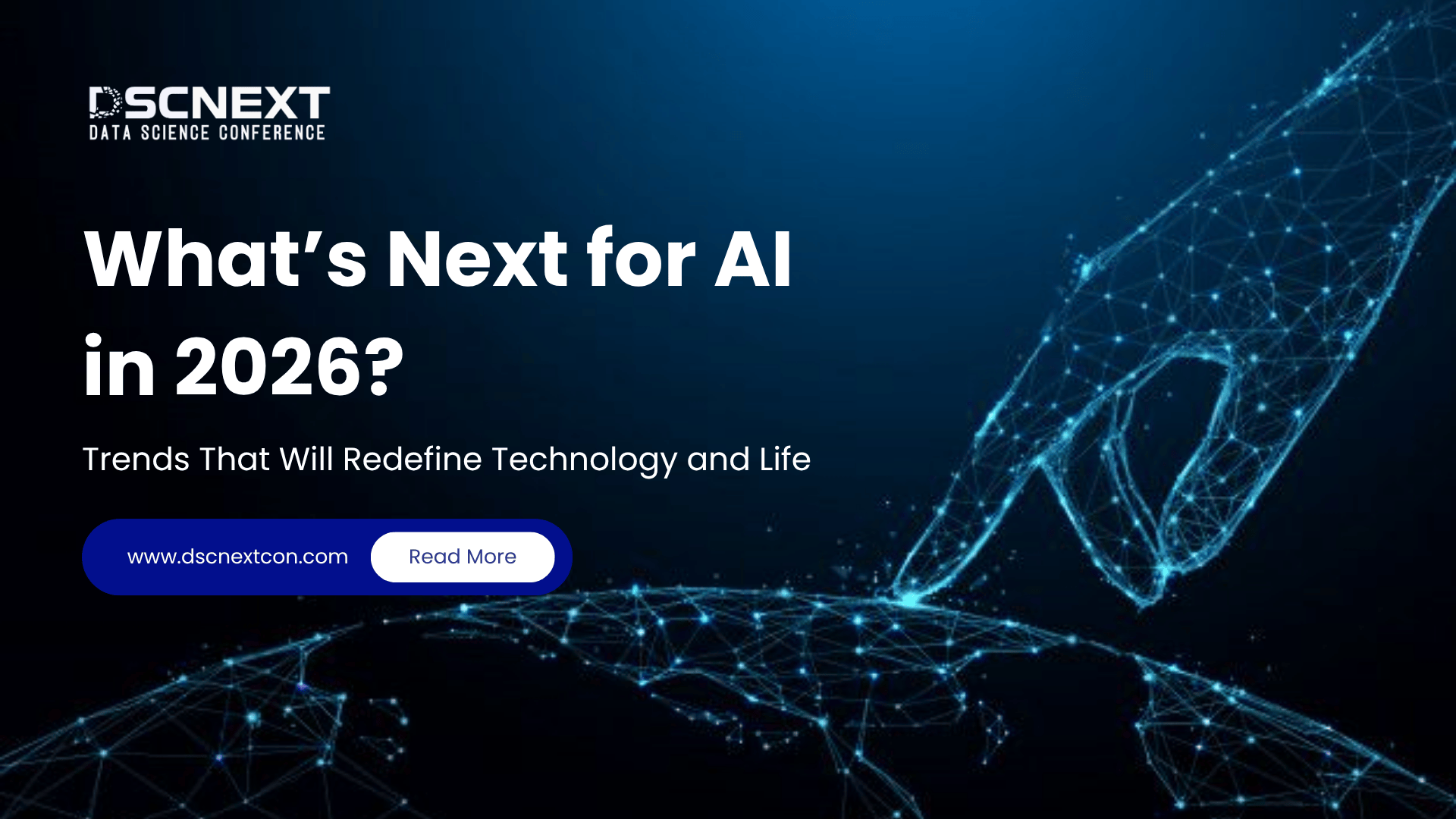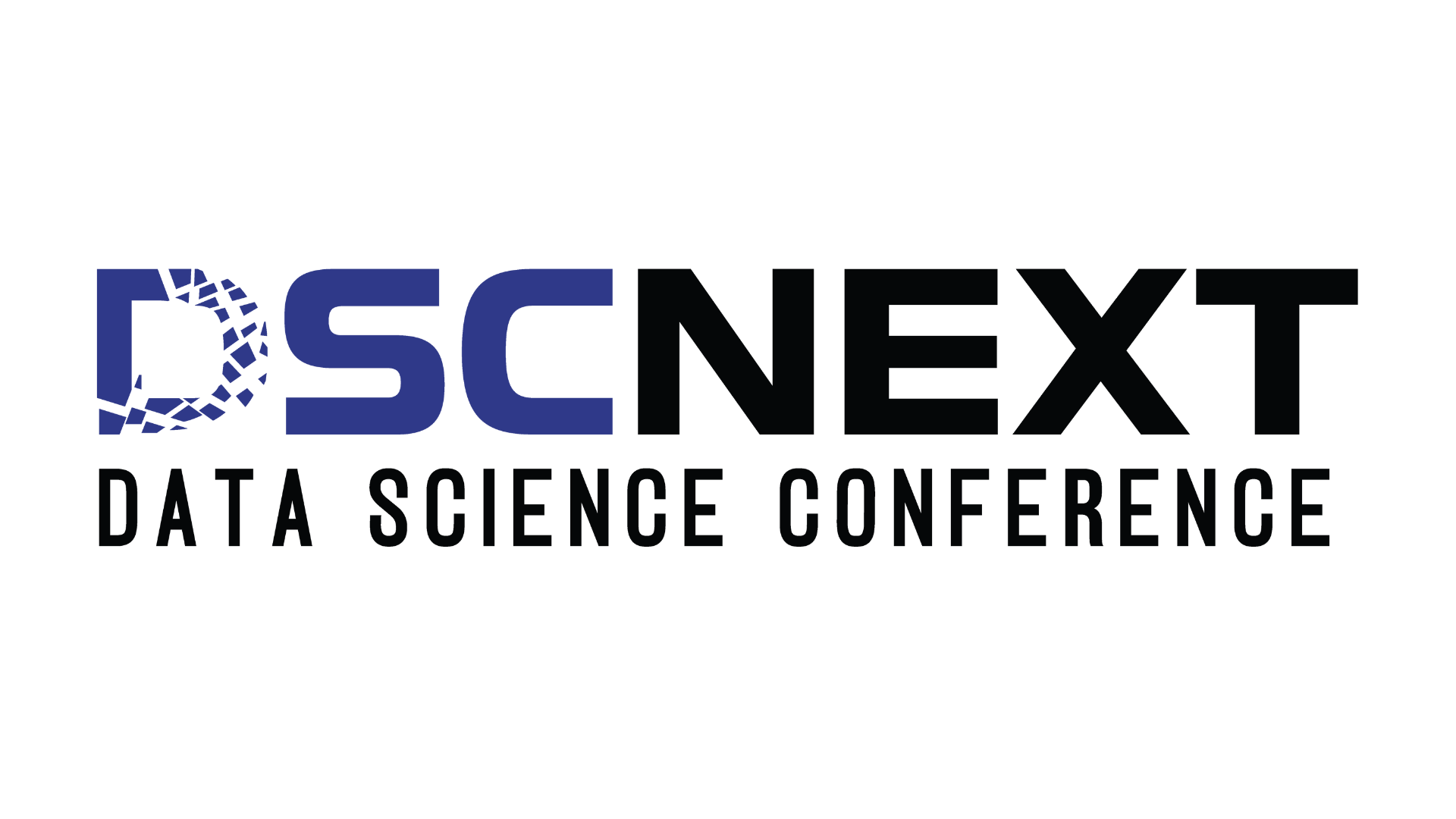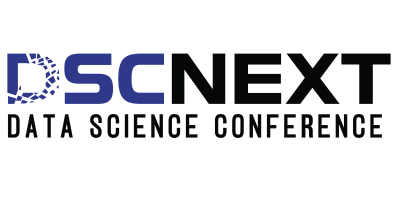
As we look ahead to 2026, artificial intelligence is poised to become more intelligent, decentralized, personalized, and embedded in everyday life. From powerful new models to edge-based computing and human-like interaction, here are the top AI trends shaping the future:
1. Smarter AI Models
AI models like GPT-5 and competitors such as Gemini and Claude are expected to significantly improve accuracy, contextual reasoning, and natural language capabilities. These models will reduce hallucinations and better handle complex queries, making AI more reliable in professional and creative domains.
2. Distributed and Edge AI
Processing is shifting from centralized servers to the edge. With technologies like TinyML, AI will run efficiently on devices such as smartphones, drones, and IoT sensors—offering real-time insights with lower latency and greater privacy.
Example: Edge AI in Smart Farming
In the Netherlands, smart greenhouses equipped with edge AI devices and TinyML sensors monitor plant health, temperature, and soil moisture in real time. These ultra-low-power devices process data locally and trigger instant irrigation or climate adjustments—no internet required.
This shift to edge computing has reduced water usage by 30% and increased crop yield by 20%, showing how edge AI can power sustainable agriculture even in remote locations.
3. Neuromorphic and Federated AI
Inspired by the human brain, neuromorphic computing will offer energy-efficient AI. Meanwhile, federated learning will enable collaborative training across devices without sharing raw data, solving scalability and privacy concerns.
4. Conversational AI Evolution
AI will evolve into multimodal assistants that understand voice, text, images, and gestures. They’ll provide deeper, more personalized conversations and proactive support across devices and platforms.
5. Rise of Autonomous AI Agents
Expect to see autonomous agents completing tasks across applications—booking meetings, analyzing data, or even writing code—without constant human input. These digital co-workers will redefine productivity.
Example: Auto-GPT and AI Agents in Business Workflows
In 2025, companies began adopting tools like Auto-GPT and AgentGPT, which can autonomously plan and execute multi-step tasks. For instance, a retail company used an AI agent to:
Research competitors’ pricing
Analyze customer feedback
Draft a new pricing strategy
Schedule email campaigns—all without direct human intervention.
By 2026, these autonomous agents are expected to manage even more complex workflows, from legal document reviews to full-scale marketing strategies, boosting productivity and reducing operational costs.
6. Convergence of AI and Robotics
AI and robotics will increasingly work hand in hand in sectors like healthcare, logistics, and agriculture. These robots will feature enhanced perception, adaptability, and decision-making—operating seamlessly alongside humans.
7. Hyper-Personalization and Democratization
AI will become tailored to individual users, powering experiences in e-commerce, education, and content creation. Open-source models and no-code tools will also make AI accessible to startups and independent developers.
Initiatives such as Llama 3.1—an open-source AI model with 400 billion parameters—and Mistral Large 2, released for research purposes, illustrate the growing trend of fostering community collaboration while maintaining commercial rights.
In parallel, the rise of smaller, optimized models—like the 11 billion parameter GPT-4o mini—signals a shift toward fast, cost-effective AI that can soon be embedded directly in smartphones and other devices. As deployment costs fall, personalized AI assistants and domain-specific models will become widely available, democratizing innovation across sectors.
8. Industry-Wide Transformation
AI will revolutionize key industries:
Healthcare: Predictive diagnostics and robot-assisted surgery
Finance: AI-driven wealth management
Education: Personalized, AI-tutored learning
Retail: Emotion-aware assistants
Manufacturing: Smart automation in production lines
Example: AI-Assisted Surgery
In 2025, hospitals in South Korea began using AI-enhanced surgical robots trained on thousands of real-case videos. These robots provide real-time suggestions, detect anomalies, and enhance precision during delicate operations like brain surgery.
By 2026, such AI systems are expected to become co-pilots in operating rooms globally, improving surgical outcomes and reducing human error.
Conclusion: Looking Ahead at DSC Next 2026
With these exciting developments on the horizon, DSC Next 2026 (Data Science Next Conference) is expected to be a pivotal platform showcasing real-world applications of next-gen AI. Scheduled for March 24-26,2026 in Amsterdam, the event will spotlight enterprise AI adoption, automation, and ethical innovation—making it a must-attend for professionals navigating the AI evolution.
References
1. Future of AI – Exploding Topics


